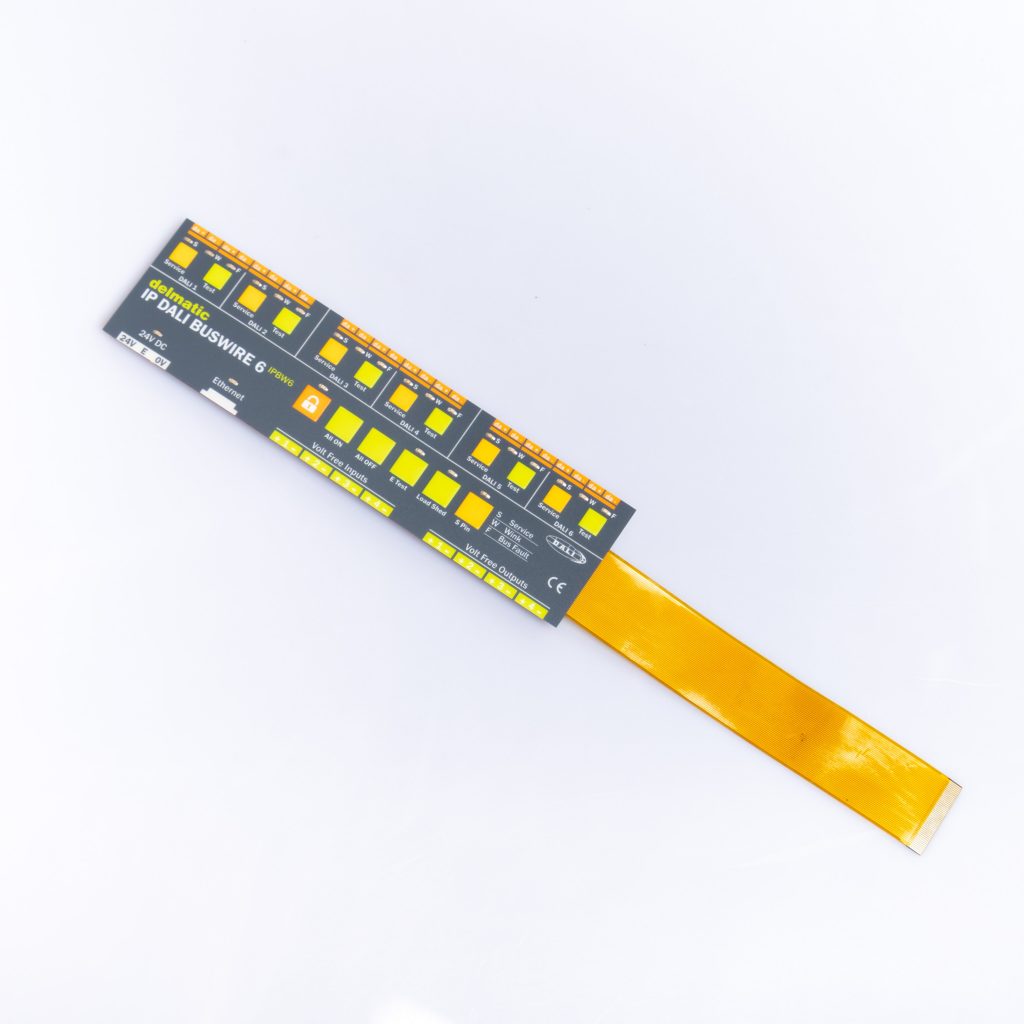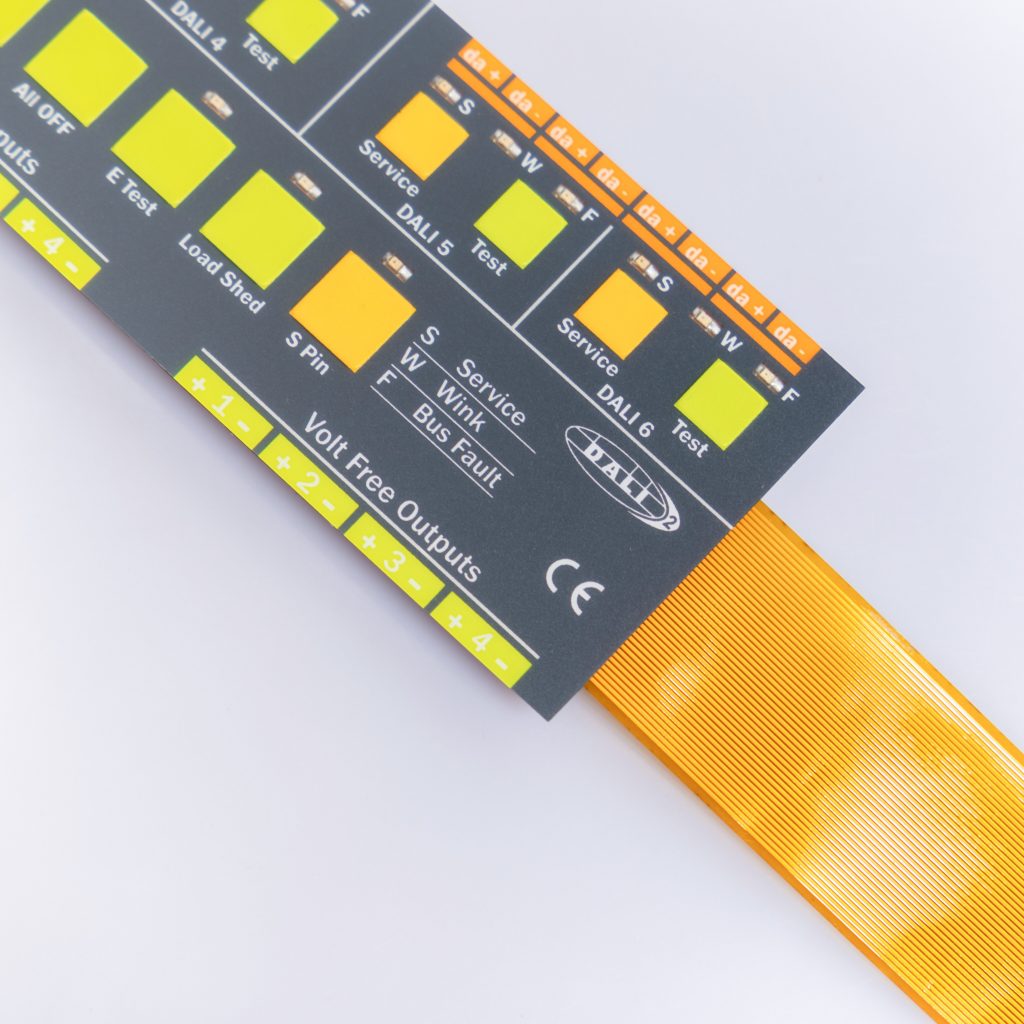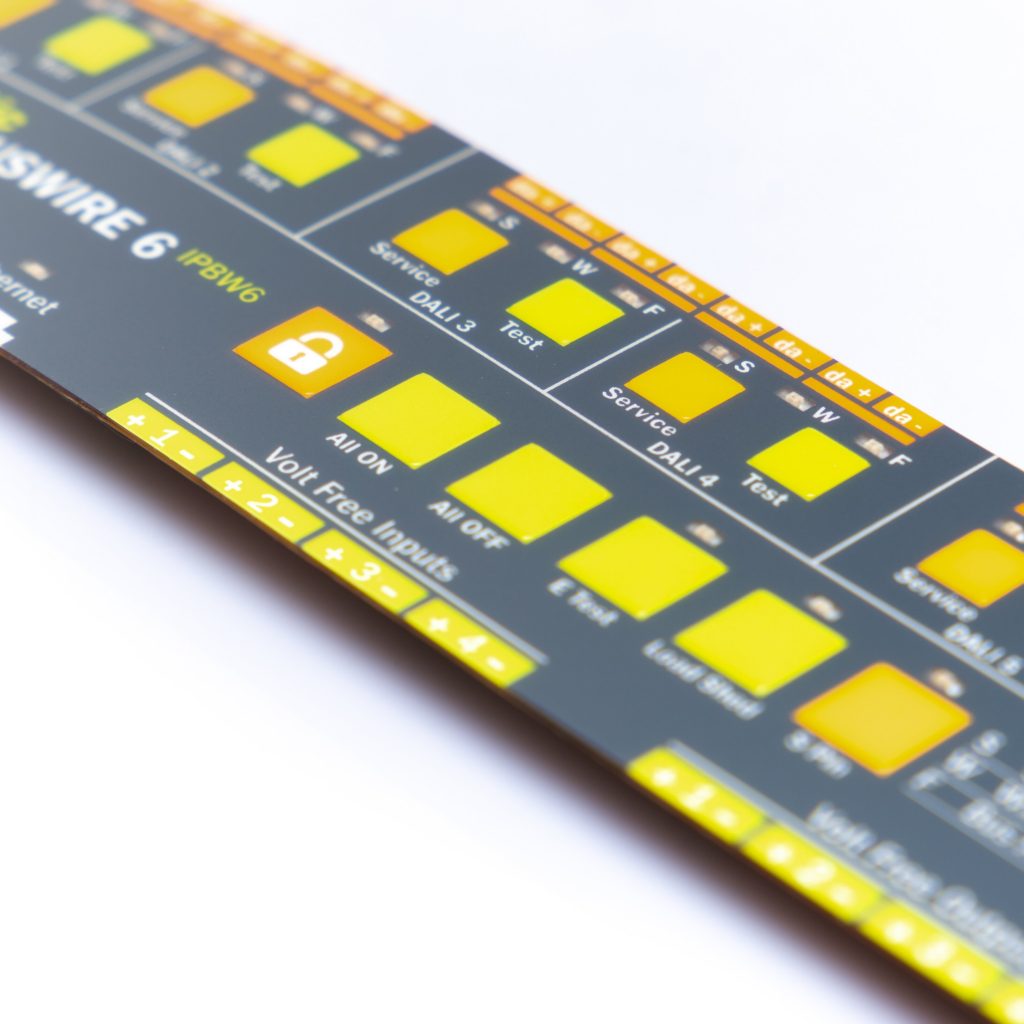Contact
Write to Us And We Would Be Happy to Advise You.
Do you have any questions, or would you like to speak directly with a representative?
By hqt
If you’re facing issues with your membrane switch, you’re in the right place. In this comprehensive guide, we’ll explore the troubleshooting methods for your damaged membrane switch. Membrane switches are commonly used in various electronic devices and are prone to wear and tear over time. By following the troubleshooting techniques outlined in this article, you’ll be able to diagnose and resolve common problems, saving you time and money. Let’s dive in!



Before we delve into the troubleshooting methods, let’s familiarize ourselves with some common issues that can occur with membrane switches. These problems can include unresponsive buttons, erratic behavior, ghosting, and physical damage. Understanding these issues will help you identify and address the specific problem affecting your membrane switch.
If you’re experiencing unresponsive buttons on your membrane switch, follow these steps:
If your membrane switch is exhibiting erratic behavior, try these troubleshooting methods:
Ghosting refers to the unintended activation of multiple buttons when pressing a single button. To troubleshoot ghosting issues:
Here are some frequently asked questions about troubleshooting damaged membrane switches:
If your membrane switch is unresponsive, exhibits erratic behavior, shows physical damage, or experiences ghosting, it is likely damaged and requires troubleshooting.
In some cases, minor issues with a membrane switch can be resolved through cleaning or fixing loose connections. However, for more complex problems or extensive damage, it is recommended to seek professional repair or replacement.
For troubleshooting a membrane switch, you may need tools such as a multimeter, soft cloth or cotton swabs, isopropyl alcohol, insulating material (e.g., electrical tape), and a screwdriver for disassembling the device if necessary.
No, membrane switches can vary in design, materials, and construction. It is essential to refer to the specific manufacturer’s guidelines for troubleshooting methods tailored to your membrane switch.
To prevent damage to your membrane switch, avoid exposing it to excessive moisture, extreme temperatures, or harsh chemicals. Handle the device with care and clean it regularly to remove dirt and debris.
If the troubleshooting methods mentioned in this guide don’t resolve the issue with your membrane switch, it is advisable to contact the manufacturer’s support or seek professional assistance for further troubleshooting or repair.
Membrane switches are integral components of electronic devices, and encountering issues with them is not uncommon. By applying the troubleshooting methods outlined in this article, you can effectively diagnose and resolve common problems with damaged membrane switches. Remember to check the connection, clean the switch, and test for continuity when faced with unresponsive buttons. For erratic behavior, inspect for physical damage, reset the device, and update firmware or software. Additionally, address ghosting by checking the wiring, insulating neighboring buttons, and considering a shielded switch if necessary. With these troubleshooting techniques, you’ll be able to restore the functionality of your membrane switch and extend its lifespan.
Do you have any questions, or would you like to speak directly with a representative?